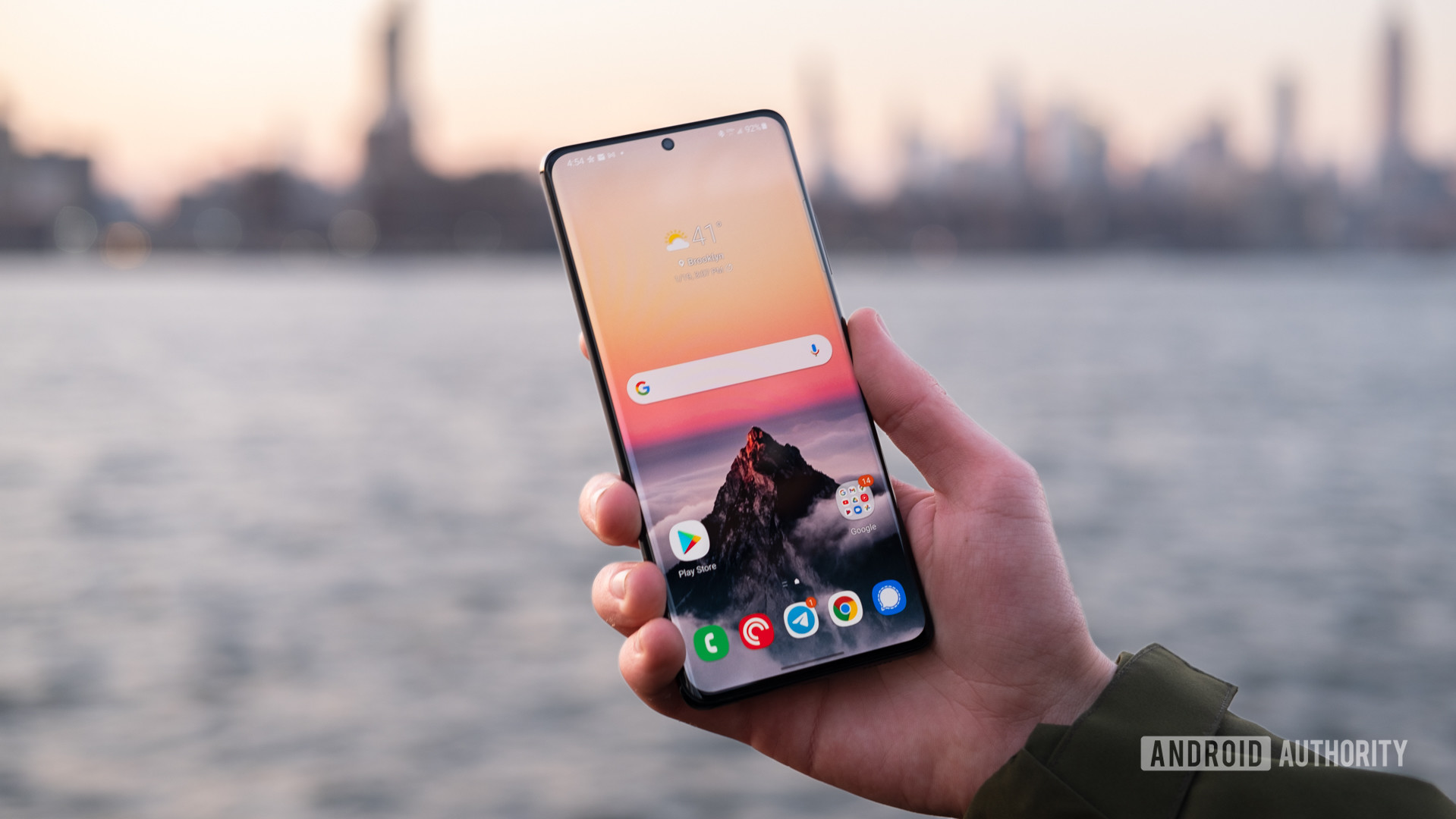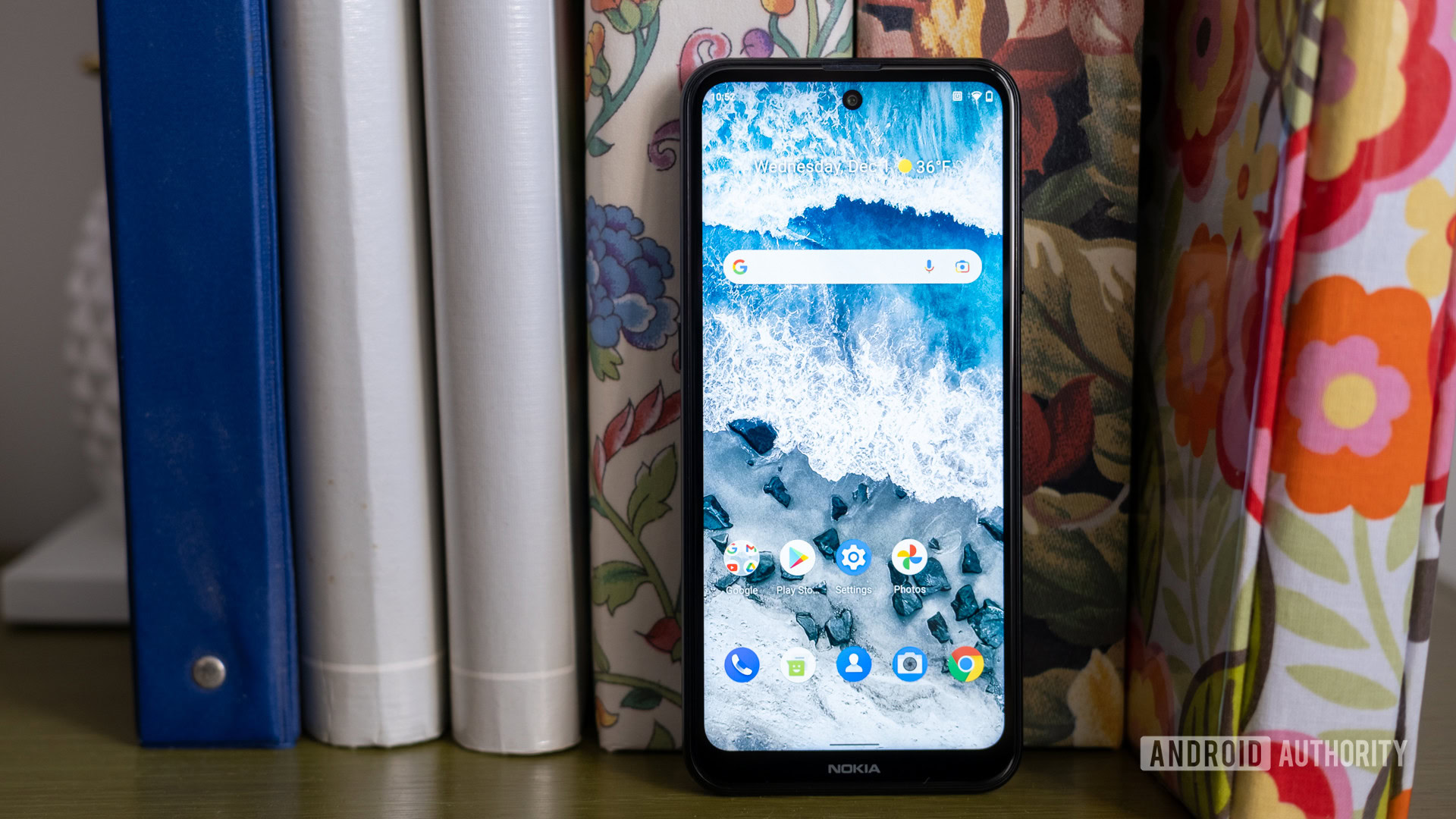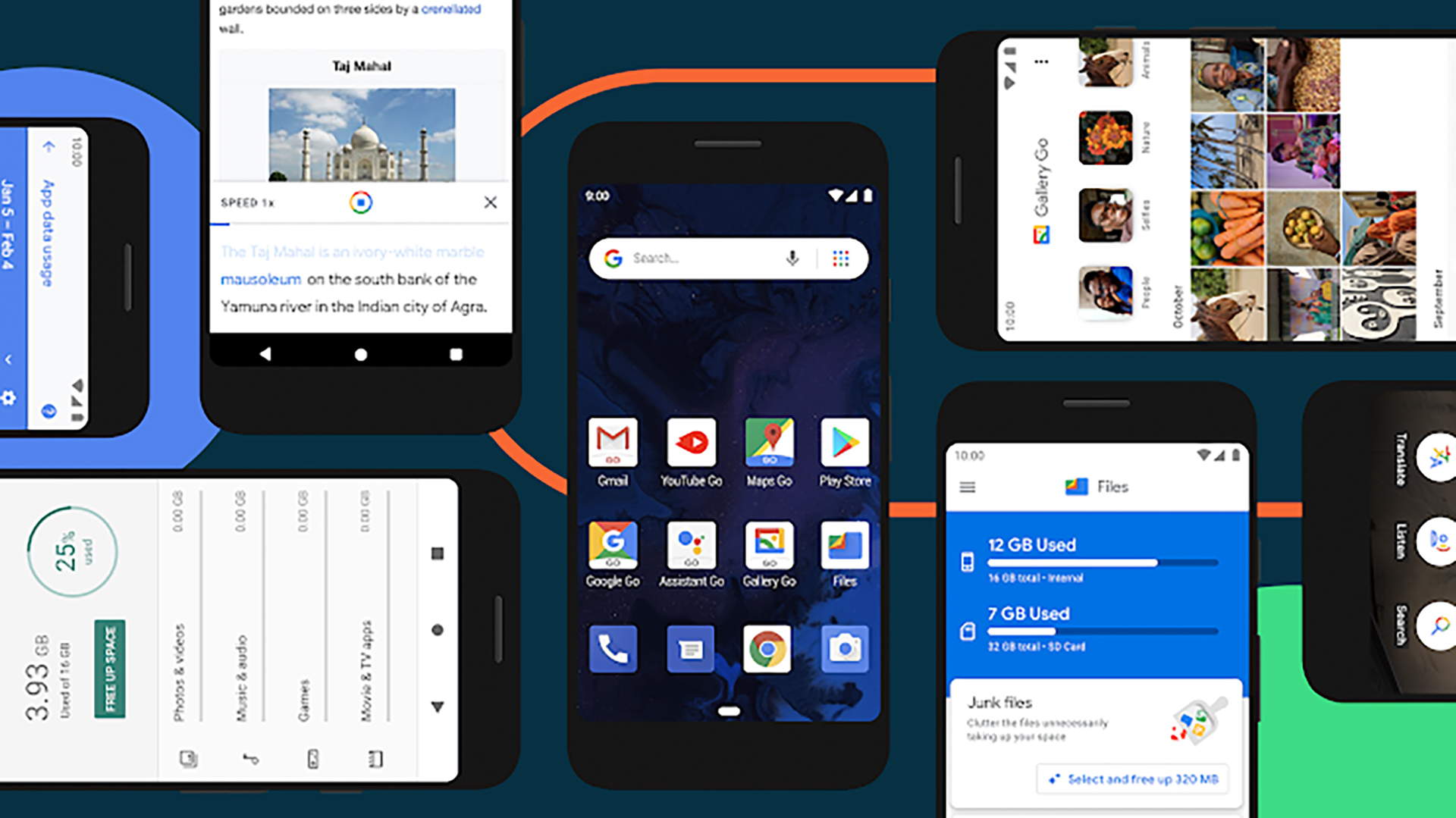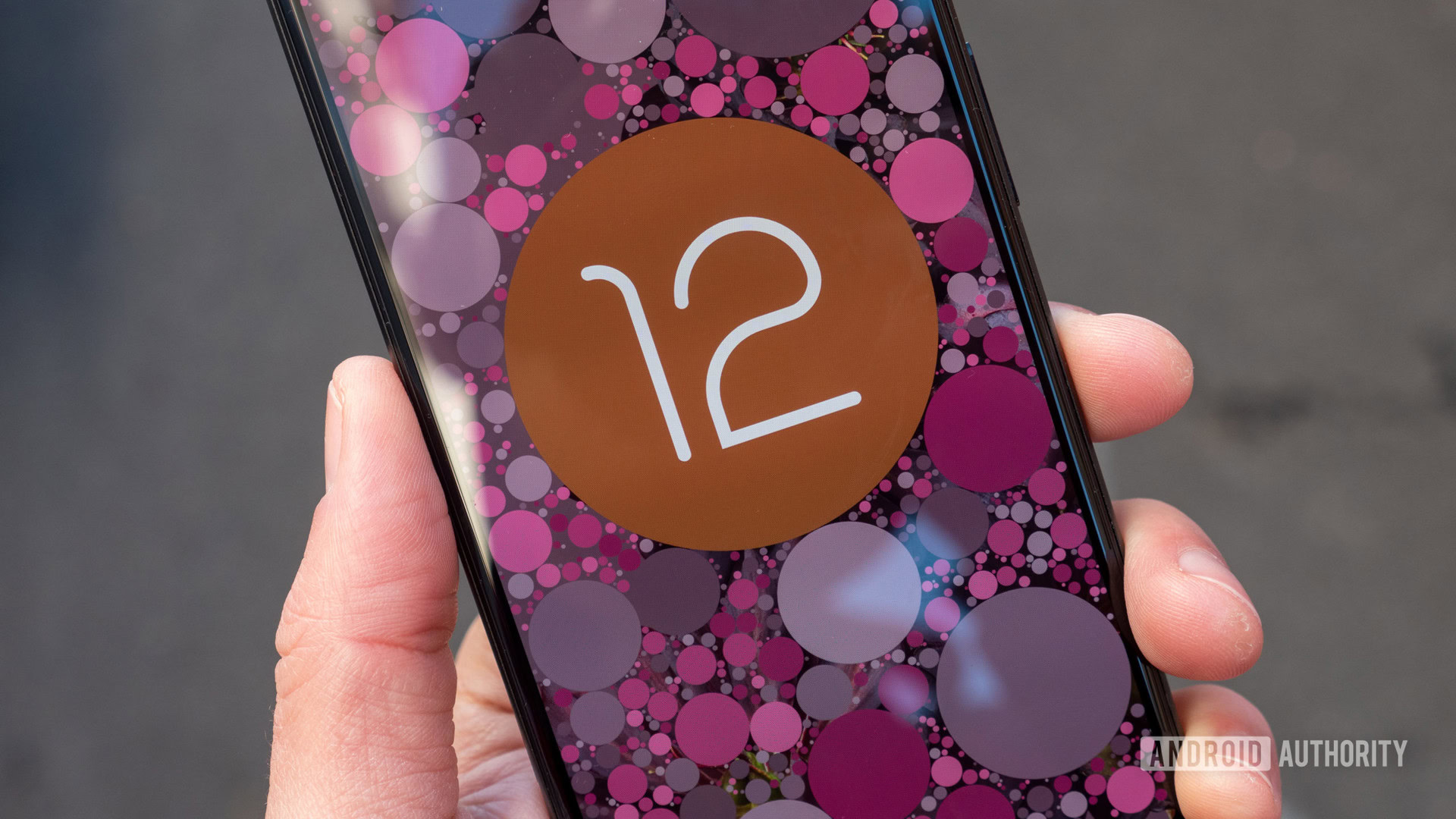Affiliate links on Android Authority may earn us a commission. Learn more.
Stock Android vs Android One vs Android Go
Published onDecember 1, 2021
What are the differences between stock Android, Android One, and Android Go? Each is a flavor of Android, each originates from Google, and all have a few things in common. But there are some big differences in the ways in which smartphone makers use the open-source software, how security updates are released, what pre-installed apps are included, and more. Today we’re clearing up any confusion.
Before we get into the details, here is a basic rundown of each system:
- AOSP: This is the Android Open-Source Project code, which is colloquially referred to as “stock Android.” This is Android at its most basic form: the operating system with built-in open-source apps. It does not include Google apps or even the Google Play Store. This is the version of Android that every variation of Android starts with.
- Pixel UI: This is also sometimes referred to as “stock Android.” This is the version of the operating system that appears on Google’s line of Pixel smartphones. Unlike AOSP, it does feature Google apps and also has additional features baked in. Calling it “stock” is a bit of a misnomer, but a lot of people still refer to it as such.
- Android One: This is a version of the operating system Google creates and maintains but only appears on hardware from other manufacturers. It includes Google apps.
- Android Go: Google also creates this variant, but it only appears on hardware from other manufacturers and those manufacturers maintain it.
The ‘normal’ Android experience

The way it works for a traditional OEM like Samsung, OnePlus, Xiaomi, etc., would be that Google publishes the source code for Android through its Android Open-Source Project (AOSP). Due to its open-source nature, anybody can take that code and build around it for a smartphone or any other development board. Thus, Android manufacturers take that code and tweak it to create their own “skins.” Samsung has One UI, OnePlus has Oxygen OS, Xiaomi has MIUI, and on and on.
See also: A look at the major Android skins
However, that’s just Android itself. On top of that, Google has services such as the Google Play Store and apps like YouTube and Google Maps. They’re not part of the Android Open-Source Project so you can’t use those freely. Companies need to obtain certification from Google to use Google apps on their devices. This is known as Google Mobile Services or GMS.
Finally, the manufacturers are in charge of delivering updates to their own phones. Google will publish updates to AOSP, and it’s up to OEMs to take those updates and get them to their phones. Some companies are better at this than others.
In other words, the experience of using most Android phones involves the following:
- AOSP at the base
- A company-specific skin to create a unique experience
- Certified Google applications
- Updates issued by the OEM
Stock Android, Android One, and Android Go slightly differ from this usual arrangement.
Pixel UI, aka stock Android
In the past, the easiest way to get stock Android was to buy a phone in the Nexus line. Aside from the addition of Google apps, those phones came with the closest thing to AOSP you could get.
Unfortunately, the Nexus line is no more. In its place, we have Pixel phones, which are designed and created by Google. The software that comes on these phones is not truly stock since Google adds plenty of features and options into the operating system that AOSP doesn’t have. Still, lots of people refer to Pixel UI as “stock,” so we’ll run with that for the sake of simplicity.
Continued reading: Everything you need to know about Pixel UI
Pixel devices receive Android updates directly from Google. There are security updates each month, feature drops each quarter, and a new version of Android each year. These all come directly to Pixel phones without delay. This not only keeps your phone up-to-date with new features, but it also helps keep your device more secure.
You might wonder why anyone would want to use anything but Pixel UI. The answer to that is features. Other OEMs are usually taking bigger risks than Google and rolling out new features that Pixels don’t have. A good example of this is dark mode. For years, Pixels (and AOSP) didn’t have a dark mode option while Android skins from other OEMs did. Eventually, Google caught up and now Pixel UI and AOSP have dark modes. But if you want to be on the front lines of new features, an Android skin would be a better fit for you.
Android One

Android One originally launched in India in 2014 and was aimed at low-end phones. It is essentially AOSP with GMS support. In a way, this is far closer to stock Android than Pixel UI.
The main difference between Android One and OEM skins such as One UI is that Google actually offers software development services to manufacturers. This makes One a good solution for OEMs that don’t want to deal too much with software maintenance.
As an example, Samsung has the money and the manpower to maintain One UI and push updates to all its phones. However, some smaller OEMs might not have it so easy. In those cases, Google offers them Android One and commits to sending updates directly to the handsets for an agreed time period.
Android One is likely a paid service for OEMs that don't want to deal with software maintenance.
While there is little said publicly about this, Android One is likely a paid service. Android is, of course, open-source, but the Android One program is a service on top of this, so it would make sense that Google charges a fee to OEMs. If there is a cost, it may be offset in that Google itself benefits from having more users on Android, in turn receiving more traffic to its search engines and using its apps, which allows it to place more ads in front of more users.
The only major Android OEM that creates Android One devices on a regular basis is HMD Global, which owns the Nokia brand. In general, every Nokia phone you buy today will have Android One on it. Other OEMs that once used the One program — such as Motorola and Xiaomi — haven’t done so in a long time. HMD is essentially keeping the Android One program afloat.
Android Go

Finally, there’s Android Go. Interestingly, this version of Android stemmed from Google’s original intention for Android One, which was for it to work well on very inexpensive phones. Basically, Android Go is a cut-down version of the operating system, so it doesn’t have as many pre-installed apps and has access to “lite” or “Go” versions of Google apps. This includes Google Maps Go and Gmail Go, which are aimed specifically at running smoothly on low-end devices.
The big difference between Android Go and Android One is that Android Go doesn’t come directly from Google — Google sends it to a manufacturer and then that manufacturer releases it. This also means that manufacturer needs to release updates and upgrades when they’re pushed out from Google, adding in a delay that isn’t there with Pixel UI or Android One.
Due to its nature of working on very low-end devices, most developed countries don’t see Android Go phones. However, they are easy to find if you want one.
Stock Android vs Android One vs Android Go: Summary

Stock Android, Android One, and Android Go are all Android. They all do the basic things you would expect, such as making/receiving calls, using apps, taking photos, etc. The main differences are what the intended audience is, which manufacturers use them, and who updates the software.
Here’s the basic rundown:
- Pixel UI, aka stock: Appears exclusively on Pixel phones. The software is designed and maintained by Google itself, so Pixels get updates very quickly. Pixels also have access to the entire Google Play Store.
- Android One: Third-party manufacturers use this to avoid maintaining the software themselves. Google pushes out updates directly, but they don’t come as quickly as they do to Pixels. HMD Global, which owns the Nokia brand, is the main supporter of the Android One program. One phones have access to the full Google Play Store.
- Android Go: This is primarily used on low-end phones in the sub-$150 range. Google posts the updates, but the phone’s manufacturer needs to get those updates to their phones. Android Go devices have access to a limited version of the Play Store since the weak hardware prevents many “normal” apps from running adequately.
That’s everything there is to know about stock Android, Android One, and Android Go. Be sure to bookmark this page as we’ll update it periodically with changes to the platforms.